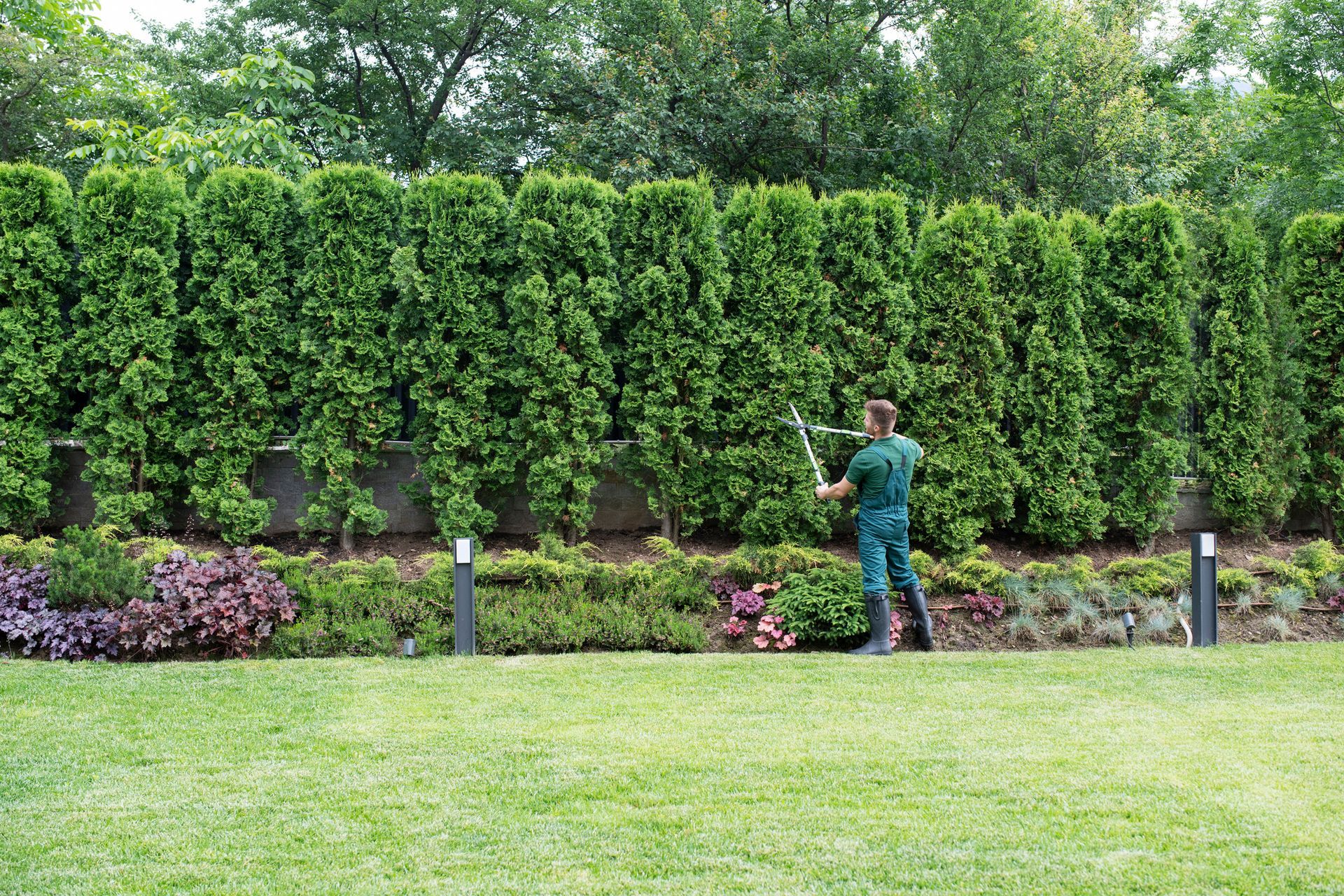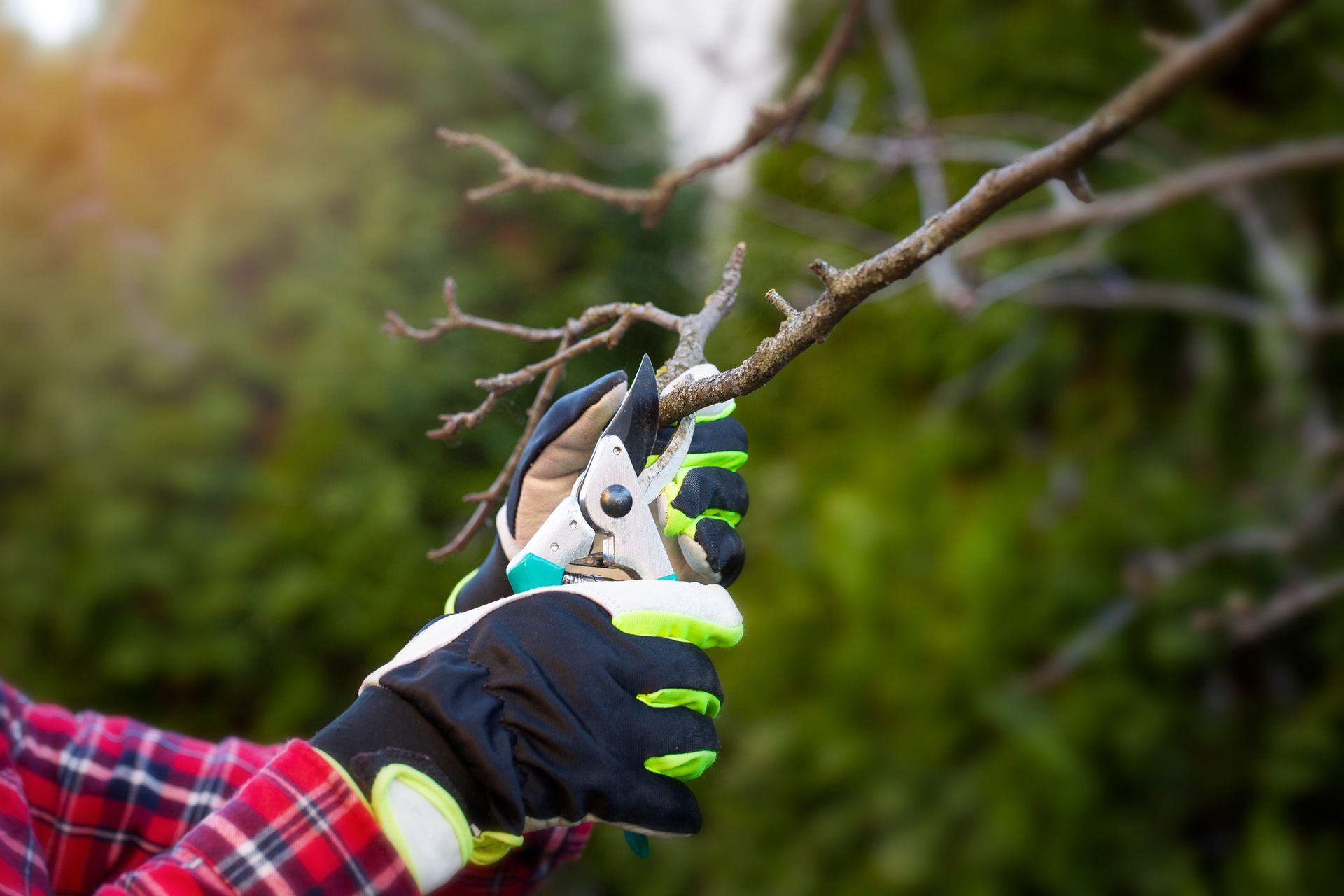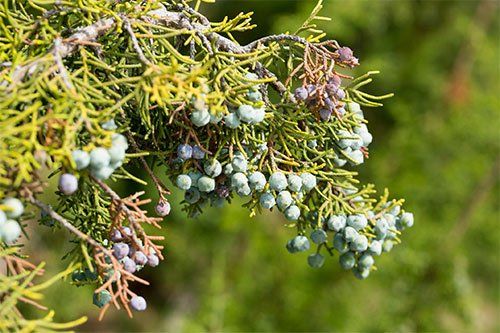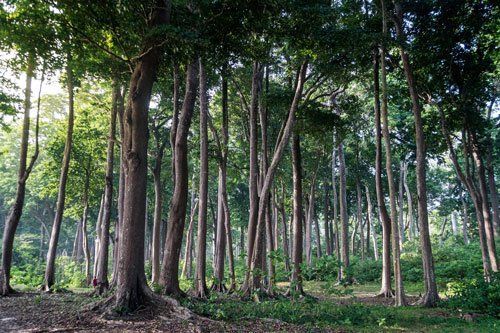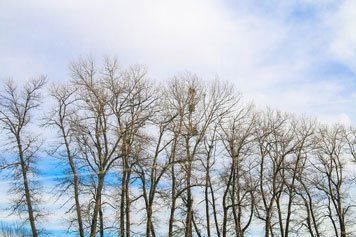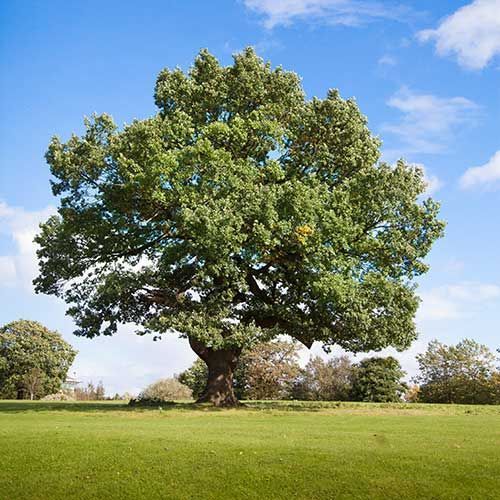4 Diseases That Can Affect Palm Trees
Did you know that palms are not actually trees in the traditional sense? They are not closely related to maples, oaks, pines, and other common trees. Actually, they're more closely related to grasses. As such, palm trees are prone to different diseases than other trees. Here are four such diseases to watch out for in your palms.
1. Fusarium Wilt
Fusarium wilt is a fungal disease caused by the species Fusarium oxysporum. It only affects palm trees. There are several strains of the disease specific to different species of palm trees. The key symptom of fusarium wilt is discolored, brown, crinkling fronds. The symptoms usually begin near the bottom of the fronds and work their way upward.
There is no cure for fusarium wilt, but by providing the tree with proper care, you can extend its life. Have a tree care company remove the diseased fronds and dispose of them carefully to avoid spreading the disease to other palms.
Water and fertilize the tree, and consider treating it with fungicides that contain thiophanate-methyl. The fungicide won't cure the fusarium wilt, but it will treat or prevent other opportunistic infections, like pink rot, which can further weaken the plant.
2. Ganoderma Butt Rot
Another fungal disease, Ganoderma butt rot is caused by Ganoderma zonatum, which invades the roots and lower stem of palms. It can affects all species of palms, working its way into the woody tissue and preventing it from transporting water up the stem. The first symptom is general dieback and severe wilting of the fronds. Soon after, a conk, or mushroom-like structure, may emerge from the palm's butt.
Since there is no cure for Ganoderma rot and it is easily passed to other palms through the soil, you should have all infected trees removed promptly. Make sure the stump and roots are removed, too. Ganoderma rots do affect other trees, but they are caused by a different species of Ganoderma than the one that infects palms - so Ganoderma butt rot in your palm will not be passed to other varieties of trees.
3. Bud Rot
Bud rot is a disease that affects smaller areca palms. Two species of fungi - Phytophthora palmivora and Thielaviopsis paradoxa can cause it. The fungi invade the heart of the palm and essentially prevent it from successfully forming new buds.
The first symptoms of bud rot is a lack of new crown growth. You'll notice that your tree does not form any new fronds, and if you look more closely, you'll see that the new buds are brown, rotten, and curled.
There is no cure for bud rot once a tree is infected. Have infected trees removed, and spray your healthy trees with fungicides to prevent them from developing an infection. Bud rot thrives in soggy soil, so keep the soil around your palms well-drained to protect them.
4. Leaf Spot Diseases
Palms are also susceptible to a number of leaf spot diseases. Although these diseases are caused by a few different species of fungi, they all have similar symptoms and can be treated in similar ways. The primary symptom of a leaf spot disease is the appearance of fuzzy brown or black, mold-like spots or streaks on the underside of the fronds.
To treat the condition, have the most infected fronds pruned away. Have fungicides applied to prevent the fungi from spreading to other leaves. Also, try fertilizing your palms; this can boost its vigor, allowing it to fight off leaf spot fungi more effectively. If you water your palms, do so in the morning so that they don't remain wet overnight. Most palms recover with proper care.
Is your palm showing signs of disease? Contact the experts at One Tripp Tree Service. We offer tree trimming, stump grinding, and an array of other tree care services to keep your palms and other trees in great shape.

